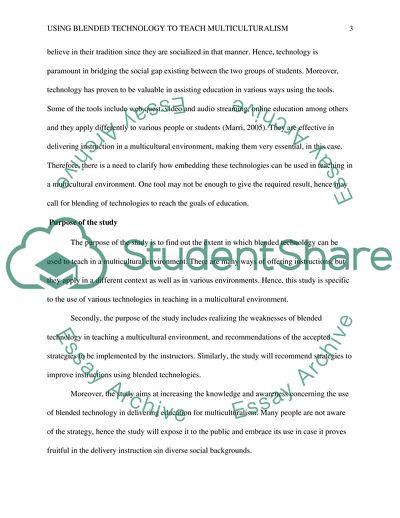Cite this document
(How Blended Technology Can Be Used to Teach Multiculturalism Research Paper Example | Topics and Well Written Essays - 3750 words, n.d.)
How Blended Technology Can Be Used to Teach Multiculturalism Research Paper Example | Topics and Well Written Essays - 3750 words. https://studentshare.org/education/1860835-how-blended-technology-can-be-used-to-teach-multiculturalism
How Blended Technology Can Be Used to Teach Multiculturalism Research Paper Example | Topics and Well Written Essays - 3750 words. https://studentshare.org/education/1860835-how-blended-technology-can-be-used-to-teach-multiculturalism
(How Blended Technology Can Be Used to Teach Multiculturalism Research Paper Example | Topics and Well Written Essays - 3750 Words)
How Blended Technology Can Be Used to Teach Multiculturalism Research Paper Example | Topics and Well Written Essays - 3750 Words. https://studentshare.org/education/1860835-how-blended-technology-can-be-used-to-teach-multiculturalism.
How Blended Technology Can Be Used to Teach Multiculturalism Research Paper Example | Topics and Well Written Essays - 3750 Words. https://studentshare.org/education/1860835-how-blended-technology-can-be-used-to-teach-multiculturalism.
“How Blended Technology Can Be Used to Teach Multiculturalism Research Paper Example | Topics and Well Written Essays - 3750 Words”. https://studentshare.org/education/1860835-how-blended-technology-can-be-used-to-teach-multiculturalism.


